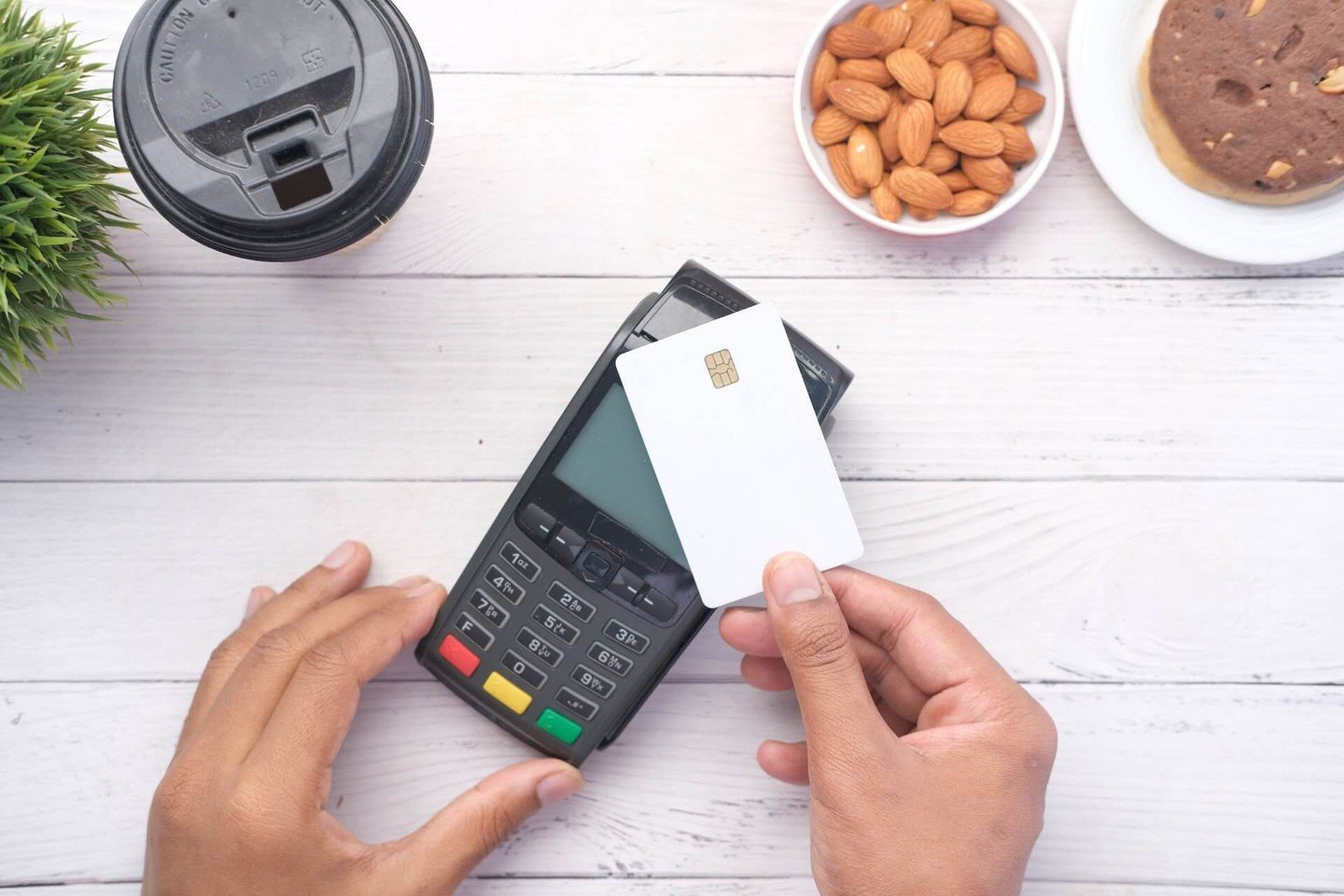In this article
Check your utilisation now
View your credit utilisation within your report and get tips for how to improve it
What's the ideal level of credit utilisation?
Maxing out your credit cards is never the best idea, but did you know that keeping your credit utilisation low could also help your credit score?

In this article
Check your utilisation now
View your credit utilisation within your report and get tips for how to improve it
Credit utilisation is a strange term, but luckily it sounds much more complicated than it really is.
Your credit utilisation ratio simply refers to how much of your total available credit you use over a month
Let's say you have a credit card with a limit of £1,500. If, over the course of the month you spend £750 on the card, this would make your credit utilisation 50%.
Credit utilisation doesn't just work across one card, you can also calculate how much of your total available credit limit you are using.
Here's another example:
If you have three credit cards, one with a limit of £250, one with £1,500 and another with £2,000, the total amount of credit available to you would be £3,750. If you then spent £1,125 across all of those cards your overall credit utilisation would be 30%.
Check your credit utilisation in the Borrowing section of your ClearScore report
Your credit utilisation will have an impact on your credit score. For example, if you use too much of your total available credit or too much on one card or loan, it could damage your score.
Lenders may also consider this when they're assessing your creditworthiness and ability to pay back credit.
This means, ideally, you should think about carefully managing your credit utilisation.
Keeping it under 30% (or, even better, under 20%) is typically a good strategy.
So for example, if your credit limit is £1000 on a card, you might not want to use more than £300. If you need to use more than 30% of the limit, consider spreading it across another card, rather than maxing out one card (but only if this makes financial sense).
But don't forget, to improve your credit score you have to show lenders that you have a history of responsibly using any money you've been lent. So if you leave your cards unused, with a 0% utilisation, that's likely to be negative too.
Hannah is currently studying for a Master's in Comparative Cultural Analysis. She knows all about personal finance, but as a student, she's an expert in money saving tips and tricks.
